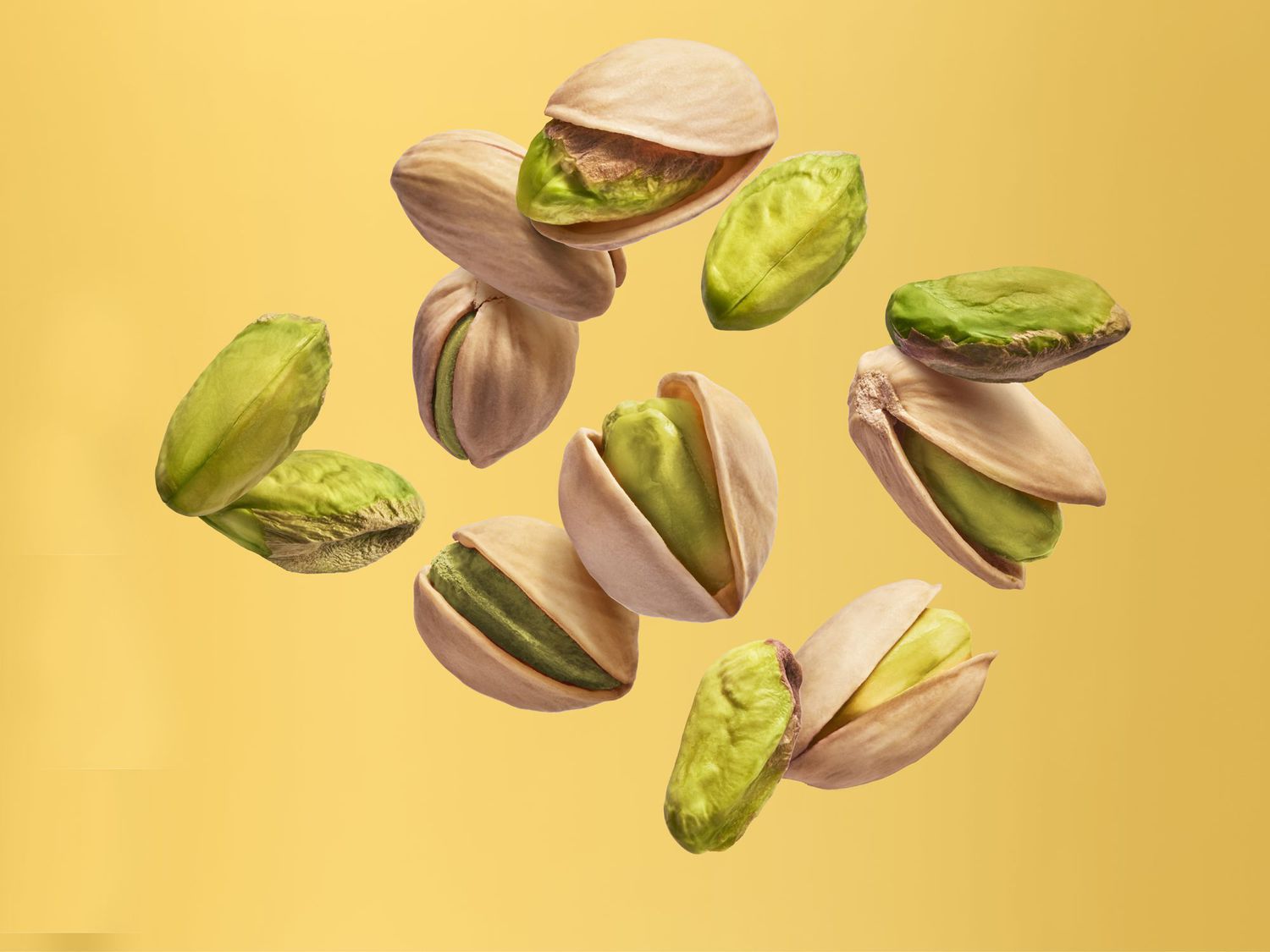This nut introduced to Argentina from Iran is a growing product in the agricultural economy of the South American country, where there are more than 3,000 productive hectares of the crop and exports to Iran, Turkey, and Syria.
In the early 1980s, an Iranian family settled in the province of San Juan (northwest) and introduced pistachio cultivation when they recognized the geographical and climatic similarities of the San Juan valleys with the arid Persian lands.

“My grandfather arrived in 1980 while my father was finishing his studies. He became a winemaker, and with table wine, they did not succeed in business.”
“But the climate of San Juan was the same as that of Iran, where they lived, in a pre-mountain valley where pistachio was produced, and that is how they decided to send some raw seeds and try the crop”, the Iranian producer Marcelo Ighani told Agrofy News.
Since then, pistachio cultivation for export has become a growing business as the crop adapts to the climatic variations of certain regions over time, and its production has spread to the neighboring provinces of Mendoza and Córdoba.
Currently, more than 3,000 hectares are cultivated with the so-called Argentine green gold.
This volume is approaching by leaps and bounds the production of olive trees as the international market demand increases.
Each hectare can produce up to 5,000 kilos of this nut, “while marketing values are around $1,800 (US$14) per kilo of salted pistachio with shell and toasted and $2,600 (US$20), peeled”, reported the Argentine media Ámbito.
San Juan is the main pistachio-producing province in the country, with 2,463 hectares cultivated.
Mendoza has 376, and Córdoba has 200 hectares, according to the latest nut census of the Rural Development Institute in 2021.
“Pistachio is the future of agriculture in arid areas. In Mendoza it is increasingly cultivated because where olive trees grow, pistachios grow,” said the provincial Ministry of Economy.
The nut, originally from Mesopotamia and green in color, is rich in vitamins A, D, B6, and B12, iron, magnesium, calcium, potassium, fiber, and antioxidants.
It also helps control cholesterol and blood pressure.
With information from Sputnik

